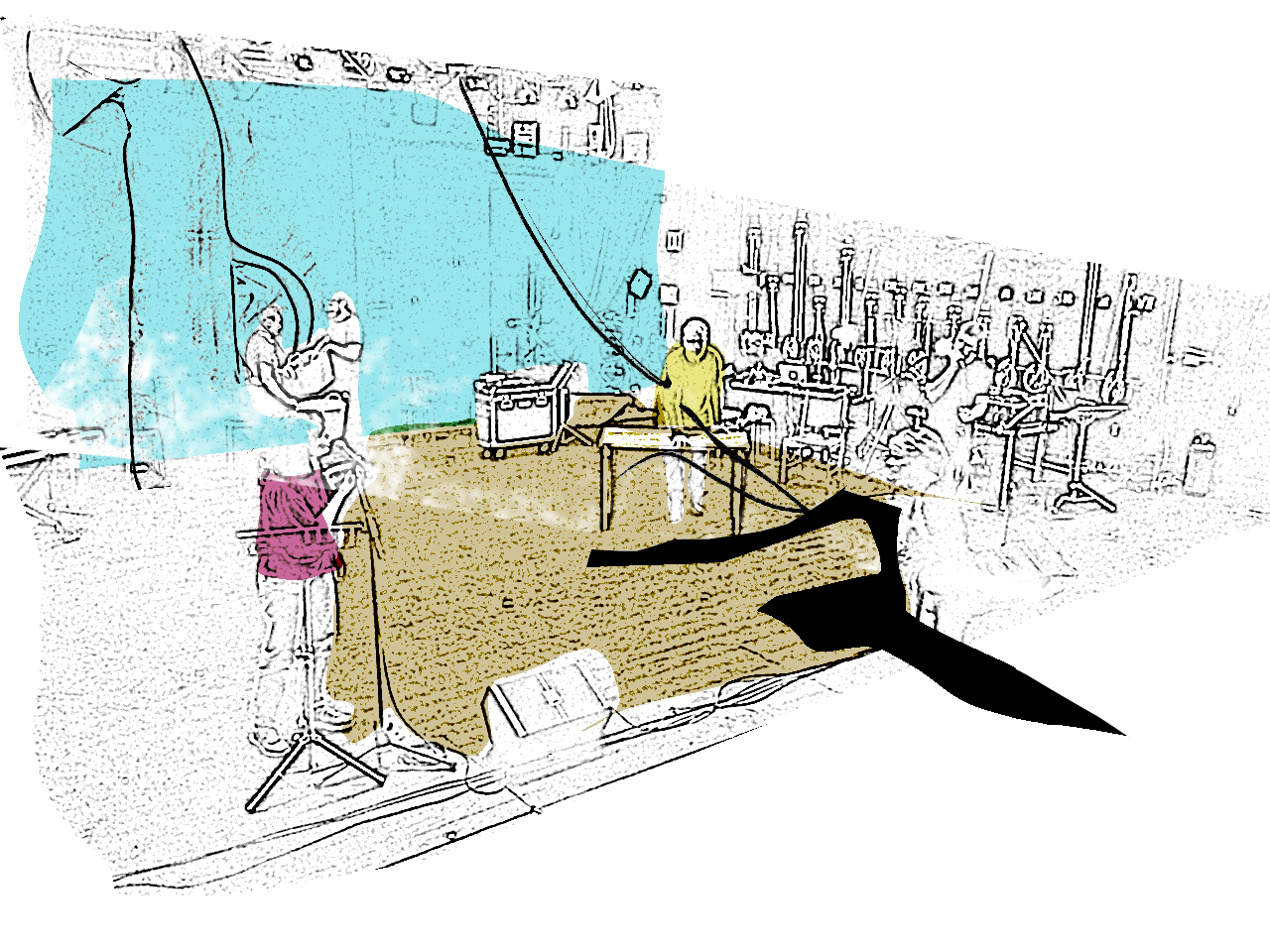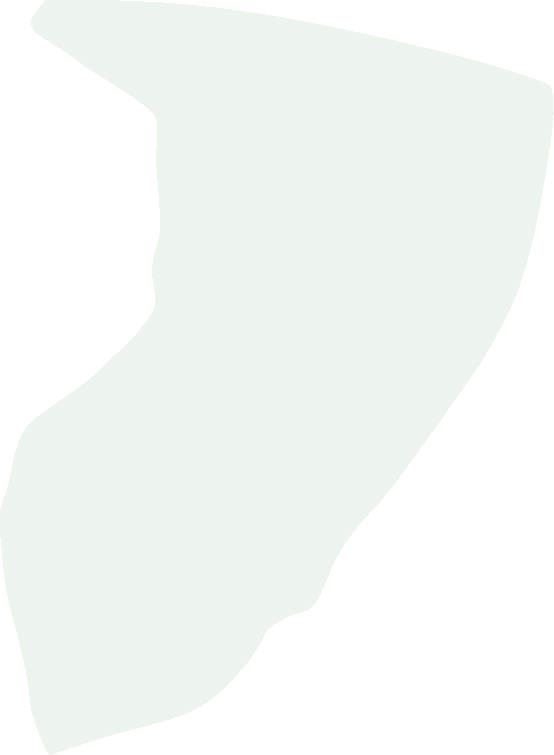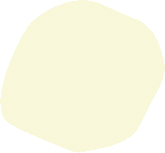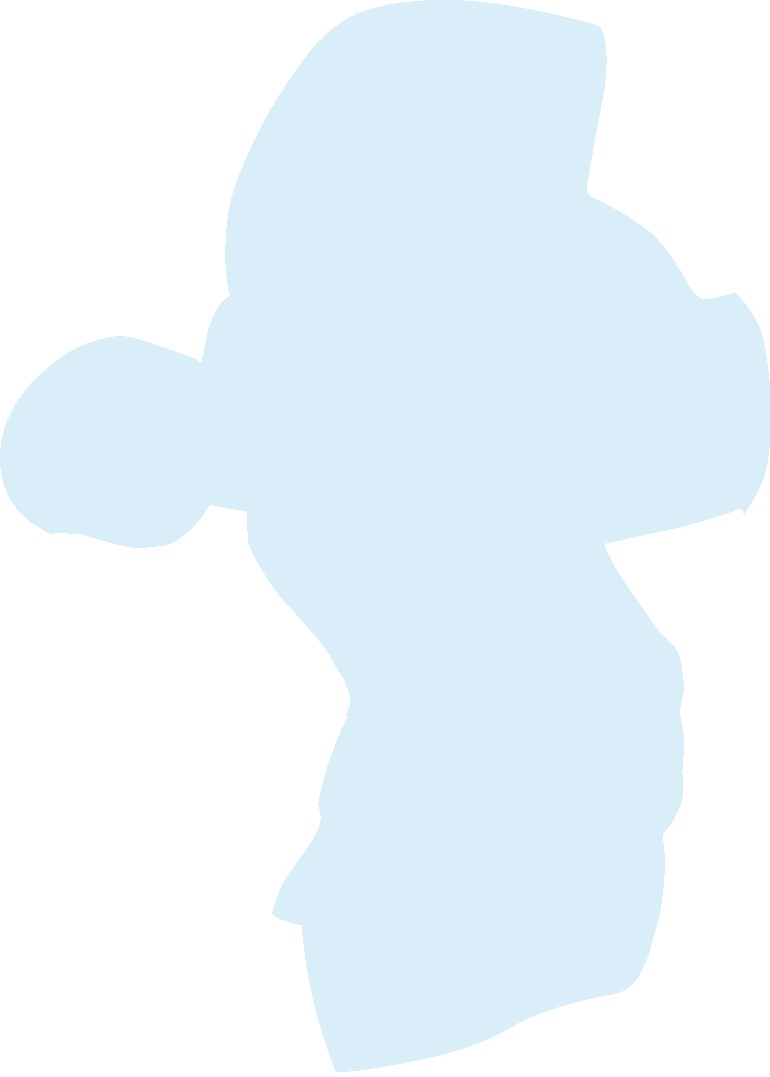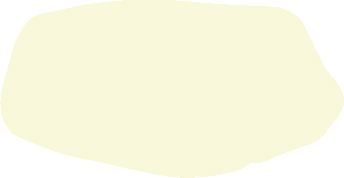Table of contents:
Introduction: A Concern for the Welfare System
I. From Discourse to Narrative
II. Juxtaposing Temporal Structures
III. The Script as Event Score
IV. The Dramaturgical Function of the Music
V. Circulating the Artistic Decision Making
Epilogue: Death to The Welfare State
About the authors / References
Epilogue. Death to The Welfare State
So life continued on the farm. Some animals lived longer and others shorter. All animals were equal but some more equal than others. Now the animals no longer argued about who is the dog or the pig, well maybe a little, but by and large everyone agreed that this particular farm is the very best. And even though the future looks dark, it is still bright. After all, everyone walks on two legs. everyone who was born here anyway, and everyone knows that everyone on two legs is a little better than those on four. Many exciting adventures await the animals on the small farm. For example, when they are visited by… no, wait, that is, as they say, a completely different story. (Dahlqvist 2018, our translation)
In Död åt välfärdsstaten, we were interested in understanding how widespread views of the welfare system had changed in Sweden and why so many political commentators at the time seemed to be of the opinion that it was just as well if the system was removed. This gave us the idea to base a performance on some of the most famous Swedish political speeches. To engage with the story, we paraphrased George Orwell's famous allegory of Stalinism. In the novel, a similar journey is made as in Sweden, from a collective of solidarity to a more crass political agenda where everyone is equal, as the novel says, but some are more equal than others. In a Swedish context, it became clear that a neo-liberal agenda had emerged when the-prime-minister-to-be Fredrik Reinfeldt argued that the welfare system made people passive and therefore the system had to die.
By bringing these two different sources together, we created a structure that was easy to follow and understand for the performers. The script became a dramaturgical tool where we could introduce different ideas about representation, and where it was easy to understand how these proposals would contribute to the overall story. Through this, we were able to create a process of open dialogue where everyone had the opportunity to contribute with creative input, and where the management of labour and decision-making could be distributed in the rehearsal space.
Also, when reflecting on this division of responsibility, it becomes clear the two of us had somewhat different roles than in our earlier productions, but some tasks still remained the same: we developed the concept, we structured all the various ideas and found ways of going from one place to the next, and lastly, and maybe most importantly, we were responsible for how the performance communicated with the audience. The latter meant focussing on how the theme was adapted into a dramaturgical and musical structure, forming a coherent story.
So, what did this process give us in terms of new insights and methods for creative processes in theatre? As we mentioned earlier, it was new for us to work with choreography and dancers in our productions. However, the choreography was not something that was just added as a flavour in the staging. It changed the way we worked. It made us come up with a tool such as the event score script, to find ways to combine different temporalities, to distribute decision making through an open-ended dialogue, and it contributed to an organic flow in the work process. Through this we could create a playful and open environment where the artists could express their creativity, ideas and competences. When analysing the performance, it becomes clear to us that the collective way of working, where representation from different art forms addressing a current political topic, raises questions of hierarchies: is there one element or art form that is, or should be, at the forefront of the performance at any given time? Or should it shift? We would argue for the latter.
We believe that the oscillation between art forms and a non-hierarchical format challenges the audience's gaze by having them answer a question such as; how should I understand and interpret what I experience? We would also suggest that this question is what could provide the audience with new knowledge on the social sphere through the arts. The narrative, which included both discursive statements and existential striving, enacted and represented through storytelling and situated acting, choreography, music and video, highlighted perspectives on the changing political currents that have governed the welfare system we believe is often taken for granted – at least in Sweden. Because novel connections between materials could emerge, new insights also became possible. All of this could provide for a better understanding of political choices and reasons, but also reveal reasons for the changes in society. The format thus enabled an artistic reflection on the history and rhetoric of almost a hundred years of Swedish politics.
